Expanding Connectivity: LoRaWAN, NB-IoT & LTE-M
Explore the key differences between LoRaWAN, NB-IoT, and LTE-M to help you choose the best connectivity option for your IoT deployment. This guide covers network coverage, power efficiency, latency, device compatibility, and integration with the Telemetry2U IoT platform — including support for solar-powered sensors and side-by-side technical comparisons.
What Are LoRaWAN, NB-IoT, and LTE-M?
LoRaWAN, NB-IoT, and LTE-M are all low-power wide-area network (LPWAN) technologies designed to connect IoT devices over long distances with minimal energy use. While they serve a similar purpose, they operate in different ways and on different infrastructures.
LoRaWAN: Low-Cost, Private Network with Wide Device Support
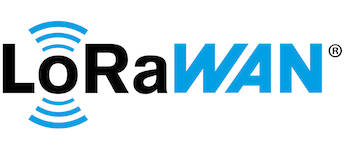
LoRaWAN is a long-range, low-power wireless protocol that operates in the unlicensed spectrum, making it ideal for private or remote IoT deployments. It uses low-cost gateways to relay data between devices and the internet, with each additional gateway extending network range and resilience. LoRaWAN offers over 10km coverage in open areas and strong performance indoors, even in noisy environments like laboratories and industrial sites.
Its ultra-low power consumption suits battery-powered devices that must run for years. Adaptive Data Rate (ADR) technology helps optimise transmission power and battery life. With a broad range of off-the-shelf devices and no ongoing data fees, LoRaWAN is an economical choice for larger deployments — especially when using more than 10 sensors, where gateway costs are quickly offset.
LTE-M: Low SIM Cost & High Data Rates
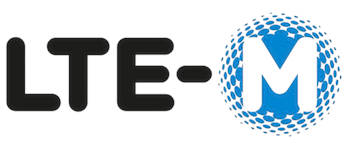
LTE-M (Long Term Evolution for Machines) is a cellular LPWAN technology that operates on the same 4G network used by mobile phones, providing broad coverage wherever 4G mobile service is available. It supports mobility, real-time data transmission, voice, and firmware updates over-the-air (FOTA), making it ideal for asset tracking, mobile equipment, cold chain logistics, and remote control systems.
LTE-M does not require gateways — devices connect directly to the network using a low-cost SIM card, making it easy and affordable to set up. This makes LTE-M particularly well suited to applications with a small number of sensors spread across wide areas, where installing dedicated infrastructure isn't practical. SIM costs are typically less than half those of NB-IoT, but LTE-M devices do consume more power, so batteries may require more frequent replacement. While the range of available LTE-M devices is still growing, new models are being released regularly. LTE-M offers a strong mix of performance, simplicity, and mobility for IoT applications that demand fast, reliable communication.
NB-IoT: Extended Coverage & Strong Indoor Penetration
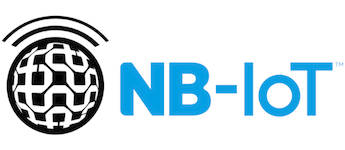
NB-IoT (Narrowband Internet of Things) is a cellular-based LPWAN technology that operates on licensed spectrum and is part of the 5G network standard. It offers excellent coverage with deep indoor signal penetration and can extend up to 20km beyond standard LTE coverage areas. This makes it ideal for fixed-location sensors in hard-to-reach places, such as utility meters, parking sensors, or environmental monitors.
NB-IoT devices connect directly to the mobile network using a SIM card and do not require any gateway infrastructure. This keeps setup simple, especially for widely distributed sensors. While SIM costs are typically higher than LTE-M — often around twice the price — device hardware is usually slightly more affordable. NB-IoT is well suited to low-data, low-frequency applications where long-term, reliable connectivity is essential and mobility is not required.
LoRaWAN, LTE-M and NB-IoT Comparison Table
Compare LoRaWAN, NB-IoT, and LTE-M side by side to find the best connectivity option for your IoT application. This table highlights key differences in coverage, power consumption, mobility, costs, and best use cases to help you make an informed decision.
| Feature | LoRaWAN | LTE-M | NB-IoT |
|---|---|---|---|
| Network Type | Private or public LPWAN | Licensed cellular LPWAN (5G-based) | Licensed cellular LPWAN (5G-based) |
| Coverage | 10–15km outdoors, 100s of metres indoors | Standard 4G coverage, supports roaming across mobile networks | Very strong, including deep indoor and underground coverage |
| Power Consumption | Ultra-low (battery life up to 10+ years) | Moderate (more frequent battery replacements) | Low |
| Latency | High (typically a few seconds) | Low (suitable for near real-time updates) | Medium to high |
| Bandwidth / Data Rate | Very low (ideal for small payloads) | Medium (supports firmware updates, voice, and streaming) | Low (suitable for periodic updates) |
| Mobility | Fixed/static devices only | Fully mobile – ideal for moving assets or vehicles | Fixed/static devices only |
| Hardware Cost | Low | Moderate to high | Slightly lower than LTE-M |
| Network Access Cost | No on-going data cost per device | SIM-based; typically lower cost than NB-IoT | SIM-based; typically higher cost than LTE-M |
| Deployment Complexity | Requires gateway; scalable for 10+ devices | Simple; no gateway needed | Simple; no gateway needed |
| Best Use Cases | Agriculture, building monitoring, remote sensing | Asset tracking, cold chain, mobile equipment, FOTA | Utility metering, smart cities, deep indoor sensors |
LTE-M vs NB-IoT - Technical Comparison
This detailed table compares the technical specifications of LTE-M and NB-IoT, including both Cat-1 and Cat-2 variants for LTE-M, and NB1 and NB2 for NB-IoT. It outlines differences in network support, latency, data rates, power consumption, and mobility — helping you choose the right technology for your application based on real-world performance and infrastructure requirements.
| Feature | LTE-M Cat-1 | LTE-M Cat-2 | NB-IoT NB1 | NB-IoT NB2 |
|---|---|---|---|---|
| Number of LPWAN Networks Globally | 55 | 55 | 107 | 107 |
| International Roaming | No | No | No | No |
| Channel Bandwidth | 1.4MHz | 1.4MHz | 180 kHz | 180 kHz |
| Bandwidth | 1.4MHz | 5MHz | 200kHz | 200kHz |
| Transmission Duplexity | Half | Half | Half | Half |
| Uplink Rate | 1Mbit/s | 7Mbit/s | 26kbit/s | 159kbit/s |
| Downlink Rate | 1Mbit/s | 4Mbit/s | 26kbit/s | 127kbit/s |
| Latency | <100 ms | <100 ms | <10 sec | <10 sec |
| Data Encryption | 128-bit AES algorithms | 128-bit AES algorithms | EPS-AKA | EPS-AKA |
| Voice Support | Y | Y | N | N |
| Mobility - Cell tower Handover | Y | Y | N | N |
| eSIM | Y | Y | Y | Y |
| Voice Availability | Y | Y | N | N |
| Power Saving | PSN and eDRX | PSN and eDRX | PSN and eDRX | PSN and eDRX |
| Availability | Same as LTE | Same as LTE | Requires new Infrastructure | Requires new Infrastructure |
| Cost | More than NB-IoT | More than NB-IoT | Cheaper than LTE-M | Cheaper than LTE-M |
| Power - Average transmission (mA) | 45.82 (+25%) | 45.82 (+25%) | 36.888 | 36.888 |
Solar Powered LoRaWAN, LTE-M, and NB-IoT End-Devices

Solar-powered devices are now available across all major IoT network types — including LoRaWAN, NB-IoT, and LTE-M — offering a practical solution for off-grid and remote deployments. These devices feature integrated solar panels and rechargeable batteries, delivering long-term, maintenance-free operation. This effectively overcomes the higher power draw of LTE-M and extends battery life across all device types.
LoRaWAN vs LTE-M vs NB-IoT - Strengths and Limitations
Quickly compare the core strengths and limitations of LoRaWAN, NB-IoT, and LTE-M. This overview helps you assess each technology based on real-world factors like range, mobility, network cost, and device compatibility.

Strengths
- Very low power consumption — ideal for battery-powered devices
- Huge range of devices to select from
- Easy to build strong indoor and outdoor networks
- No reliance on third-party networks (can build private infrastructure)
- Low device and network costs at scale
Limitations
- Requires a gateway or access to a public LoRaWAN network
- Limited data rate — not suitable for high-frequency or large data transfers
- Not ideal for moving devices or mobile tracking
- Coverage depends on gateway availability and placement

Strengths
- Supports real-time data, voice, and firmware updates (FOTA)
- Allows for full mobility — ideal for moving devices like vehicles or assets
- Lower latency and higher bandwidth than NB-IoT
- Integrated into 5G networks with growing global support
Limitations
- Slightly higher power consumption than NB-IoT or LoRaWAN
- SIM costs and ongoing data fees may be higher
- May be excessive for very low-data-rate, static applications

Strengths
- Excellent signal penetration — ideal for basements, underground, or dense buildings
- Operates on licensed spectrum with strong network reliability
- Simple SIM-based setup — no gateway required
- Supported by major telcos as part of 5G
Limitations
- Higher latency — not suitable for real-time data or time-sensitive control
- Lower data rates compared to LTE-M
- Not designed for mobile use — best for static devices
- Can have limited availability in some regions
Network Integration with the Telemetry2U Platform
No matter which connectivity option you choose — LoRaWAN, NB-IoT, or LTE-M — the Telemetry2U platform brings it all together in one place. We make it easy to onboard, monitor, and manage your devices across multiple network types without needing different tools or platforms.
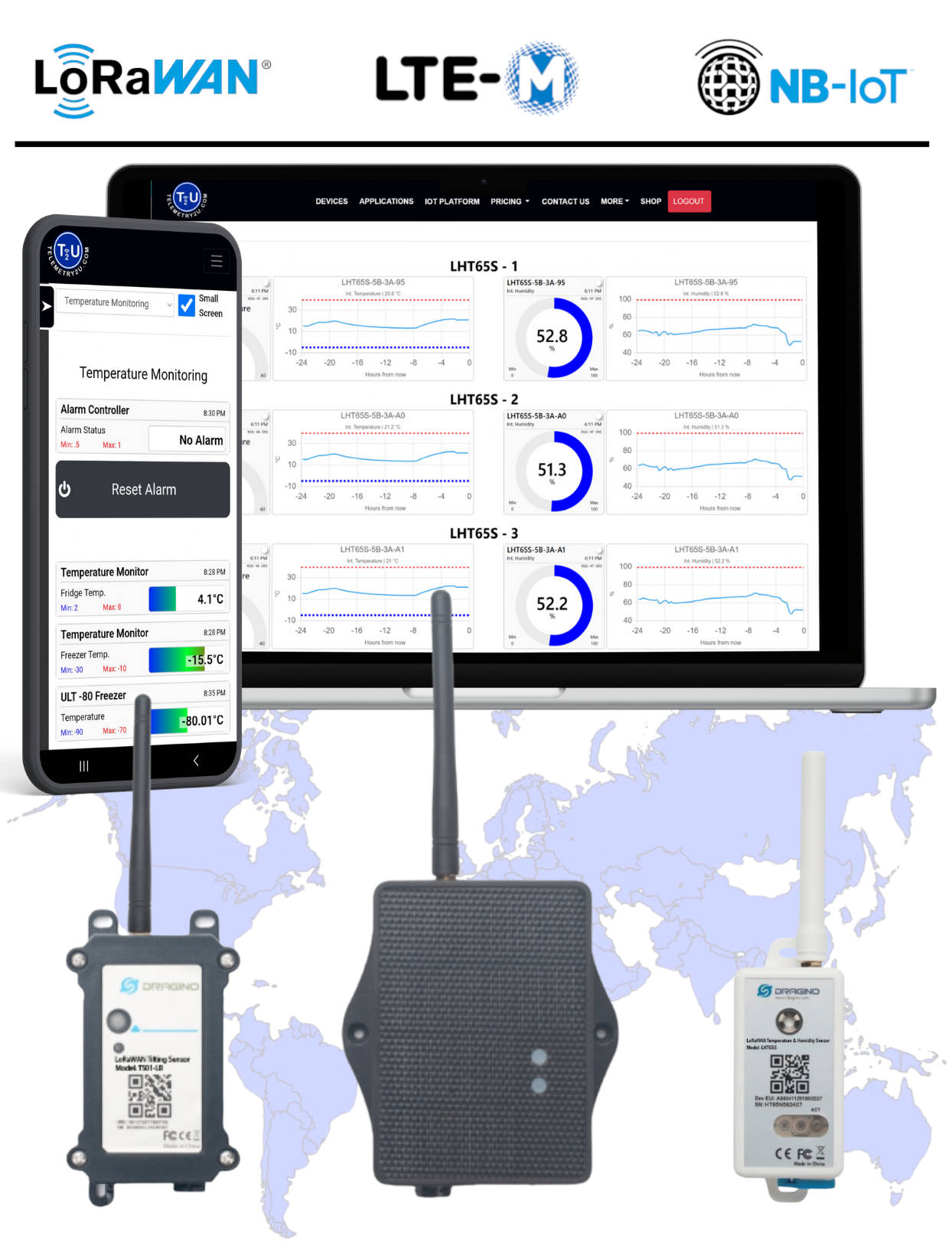
LoRaWAN Integration
- Connect via public or private LoRaWAN gateways
- Full support for AU915, AS923, and other regional frequency plans
- Automatic payload decoding and real-time dashboards
- Ideal for organisations that require local control of their infrastructure
NB-IoT & LTE-M Integration
- Uses plug-and-play SIM cards (we recommend Simbase Global SIMs)
- Bluetooth setup via mobile app or direct configuration for fast deployment
- Compatible with most Dragino and other cellular-enabled devices
- Seamless integration — data appears in the same dashboards as LoRaWAN devices
Platform Features (Available for All Network Types)
- Custom dashboards and data visualisation
- Alert notifications via email, SMS, or voice
- Remote device control and automation rules
- Data exports, API access, and advanced reporting
- Optional plug-and-play service with fully configured and tested devices
It’s Easy to Add Devices to the Telemetry2U IoT Platform
Whether you're using LoRaWAN, LTE-M, or NB-IoT, adding devices to the Telemetry2U platform is simple. With easy-to-follow setup guides, Bluetooth configuration, and built-in support for major network providers, you can get started in minutes — no matter your device type or connectivity method.
Add LoRaWAN Devices to Telemetry2U via the Helium Network

Learn how to connect LoRaWAN devices to the Telemetry2U platform using the Helium Network. This guide covers AU915 frequency setup, device registration, and data integration for reliable, long-range IoT deployments without private gateways.
Add LTE-M Devices to Telemetry2U
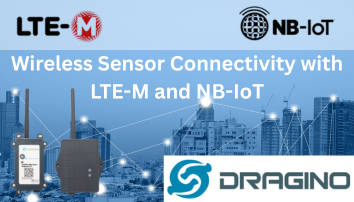
Step-by-step guide for connecting Dragino LTE-M and NB-IoT sensors to the Telemetry2U platform. Includes Bluetooth setup, SIM configuration, and support for solar or battery-powered deployments.
Add NB-IoT Devices to Telemetry2U
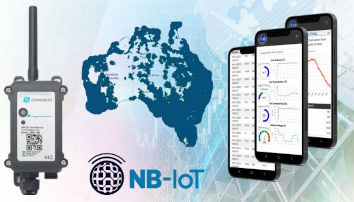
Step-by-step guide to integrating Dragino NB-IoT sensors with Telemetry2U using Telstra's network. Includes Bluetooth setup, SIM configuration, and platform integration for seamless IoT deployments.
Still Not Sure? We're Here to Help
Choosing the right IoT connectivity can be complex — but it doesn't have to be. Whether you're setting up a single sensor or scaling a full deployment, our team can help you select the best option based on your needs, location, and budget.
We offer tailored advice, pre-configured hardware, and end-to-end support to help you get started quickly. If you're unsure which network — LoRaWAN, NB-IoT, or LTE-M — is right for your application, get in touch and we’ll guide you to the best solution.
